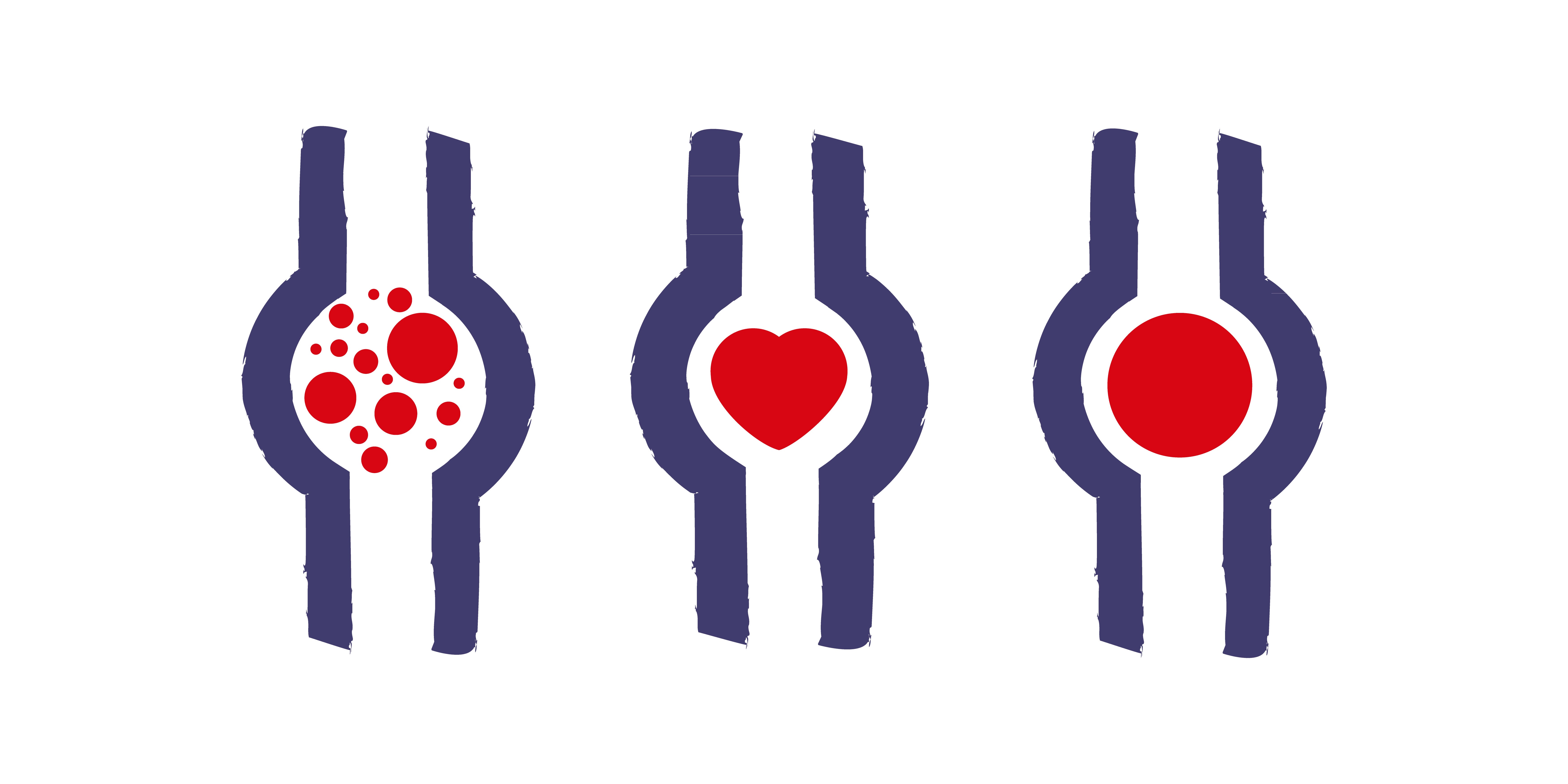Deep Vein Thrombosis: A Runner’s Comeback Story

A Comeback From Deep Vein Thrombosis
Sarah Longwell wasn’t sure how to pinpoint the exact location of her pain.
It had started in her buttocks. Then, the pain had traveled down her leg. Then, up her back. Then, to her side. In the emergency room, doctors thought it was a potential gallbladder issue. They kept her waiting for about four hours, without a sense of urgency. That was when Longwell noticed her leg turning purple.
Rushing her into an ultrasound, doctors soon realized the source of Longwell’s pain was a blood clot—a realization that would lead to her diagnosis of deep vein thrombosis.
“A lot of doctors I have spoken to after this said my experience is very different than other patients. I was very young. I was active, a runner; I worked out a lot,” Longwell said.
Thrombosis, or deep vein thrombosis, is the medical term for a formation of a blood clot, or thrombus, in one or more of the deep veins in your body. This usually occurs in the legs. Thrombosis can develop due to certain medical conditions or after a long period of being sedentary, such as being confined to a bed after a surgery or an accident. It’s an extremely serious condition—blood clots in your veins have the ability to break loose and can travel through your bloodstream to your lungs. Should they lodge in your lungs, clots can block blood flow to the rest of your body.
Longwell, a former Marine, was in strong cardiovascular shape, and an avid runner. She began running in middle school, but it was during her time with the Marine Corps and its mandatory PT tests that she truly fell in love with running.
In October 2013, Longwell ran the Marine Corps Marathon. After that, she continued to run long distances and complete training cycles. The week her issues began, Longwell was in the midst of training for a half marathon when the pain began in her buttocks. It worsened as the week went on. She began to limp, friends noted that she appeared run down, and by the end of the week, Longwell was struggling to walk.
Still, her thrombosis came on suddenly, without any risk factors or overt symptoms present. The most commonly known signs include leg pain or swelling, red or discolored skin near the affected area or a feeling of warmth in the leg. But thrombosis can also occur with no symptoms whatsoever. And Longwell was soon to learn that medical knowledge on this area can be frustratingly without answers, as well.
“I had 15 doctors come into my room to examine me and try to figure out why this had happened. One recommended surgery to help open the vein. During my surgery, I almost died on the table, and they had to stop the surgery,” Longwell said. “My leg was always swollen, I couldn’t run as often as I had before, and I was in physical therapy for a year, year and a half.”
That initial surgery was only the beginning of Longwell’s path to recovery. Her first doctor was a cardiovascular surgeon who thought the clot came from a use of birth control. He ordered Longwell to undergo two experimental surgeries to open the vein, procedures that attempted to insert vena cava filters to catch the blood clot. They were unsuccessful.
When a third surgery also yielded no results, Longwell took matters into her own hands. She performed an extensive amount of research on the world of deep vein thrombosis, before ultimately finding Keith M. Sterling, MD, affiliated with INOVA Hospital in Virginia.
A pioneer in the field of thrombosis, Sterling informed Longwell of a case study where she would undergo a new type of surgery designed to combat blood clots. She signed on and underwent two more surgeries that placed stents into the two main veins in her body, which had been damaged by the deep vein thrombosis. The difference in her quality of life since those surgeries, Longwell said, is “night and day.”
“[After the first three surgeries] I was tired every day. When I say exhausted, I have a child, and the exhaustion was worse than when I had a newborn. And I work a fulltime job on top of that. I was exhausted. I had no energy whatsoever,” Longwell said. “The fourth and fifth surgery, I felt like I was a totally different person. I felt a lot better. I feel like myself. Even though I’ll never get back to that ‘normal’ feeling, I will say that it’s definitely a huge, huge improvement.”
Slowly but surely, Longwell has regained her strength. She had to spend extensive time in physical therapy and rebuild her endurance. Through it all, her love for and desire to return to running never wavered. With the newfound energy and strength from her latest surgeries, Longwell has also returned to running again, currently training for a half marathon.
One of the biggest lessons she’s learned, Longwell said, is to advocate for yourself in the medical arena. Through doing her own research and refusing to accept a quality of life she was unhappy with, Longwell was able to triumph over her DVT and gain a new appreciation for her own capabilities.
“When I went through this experience, I went through a point where I was really sad because I thought I wasn’t going to be able to run again. But you can. You can get back to your life. You can get back to running,” Longwell said. “I really think that even going through this experience, it’s given me a new way of looking at life and the appreciation that surrounds you, your family and friends.”
Editor’s Note: This piece originally reported that Sarah Longwell ran the Marine Corps Marathon in February 2014; she actually ran the race in October 2013 and was diagnosed with DVT the following February.
Related:
A Runner’s Comeback One Year After A Disappointing Race